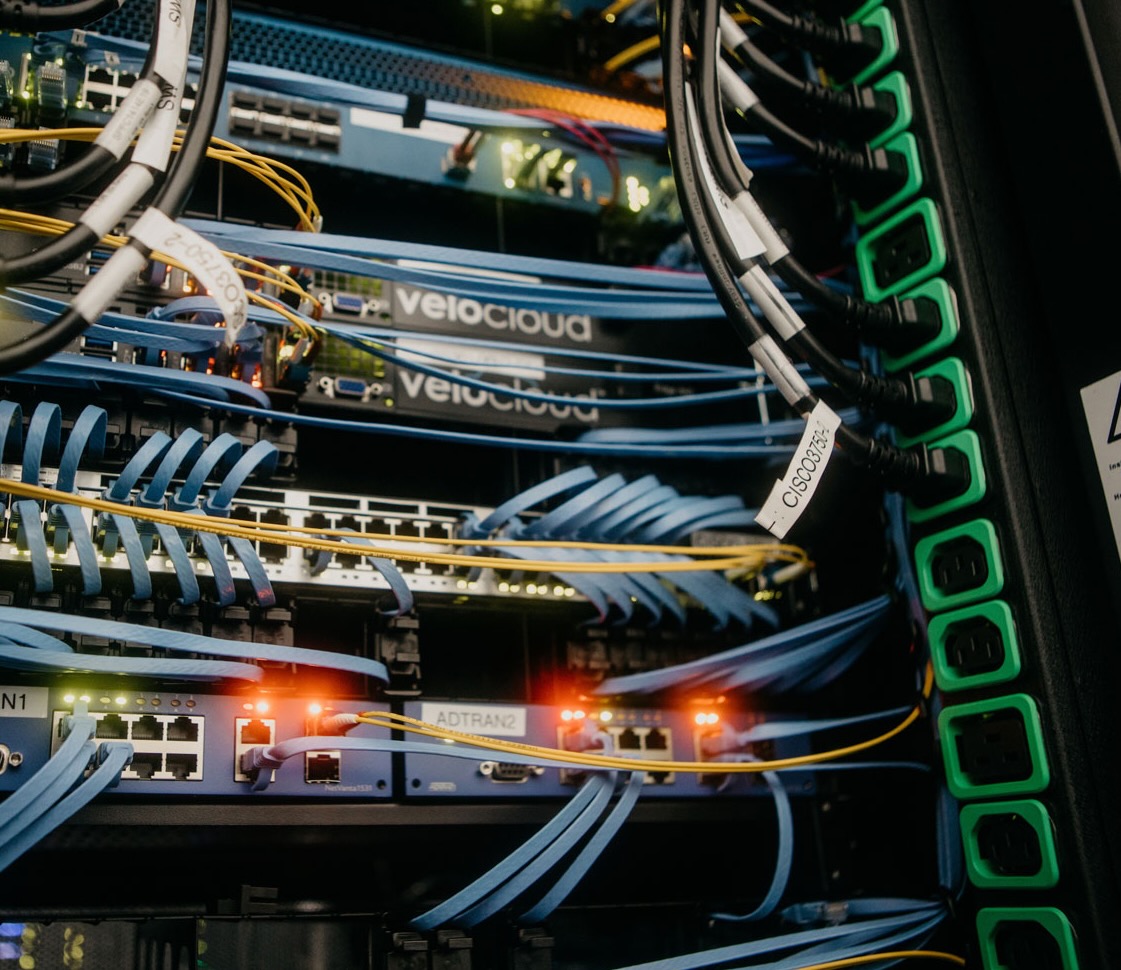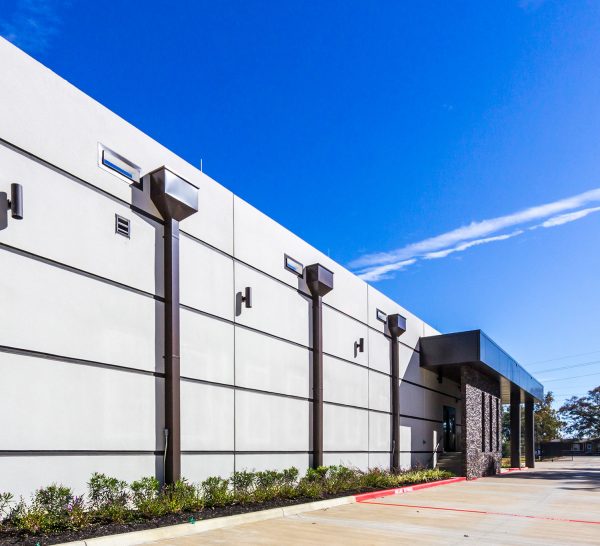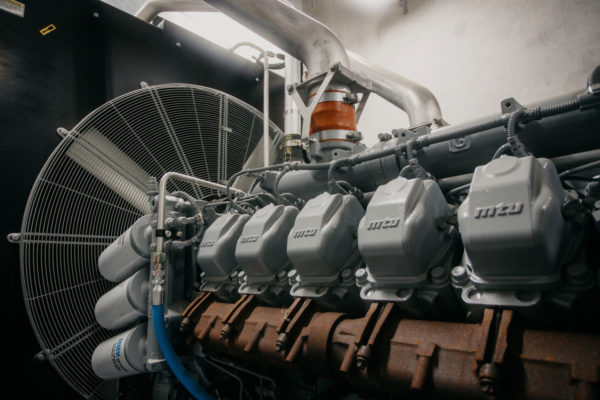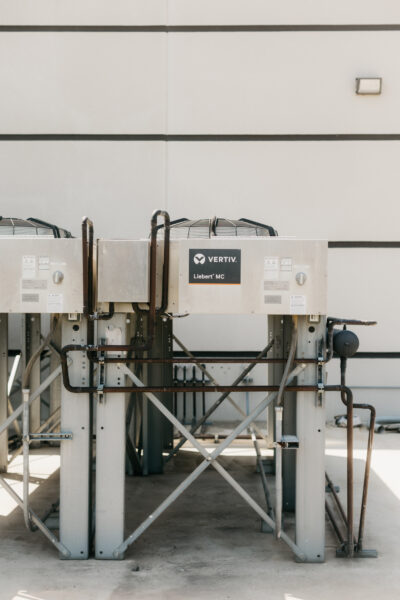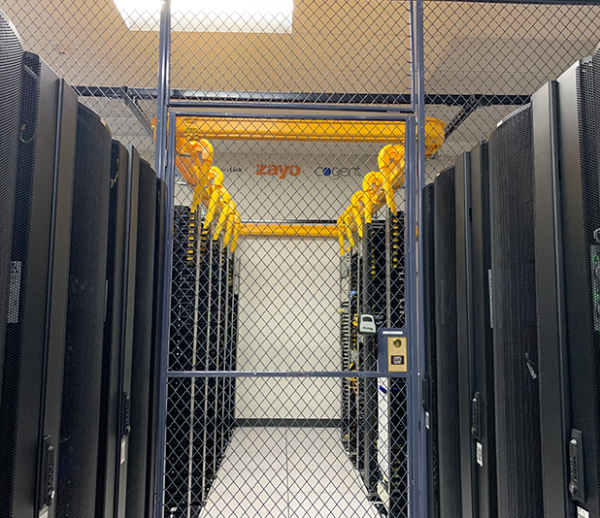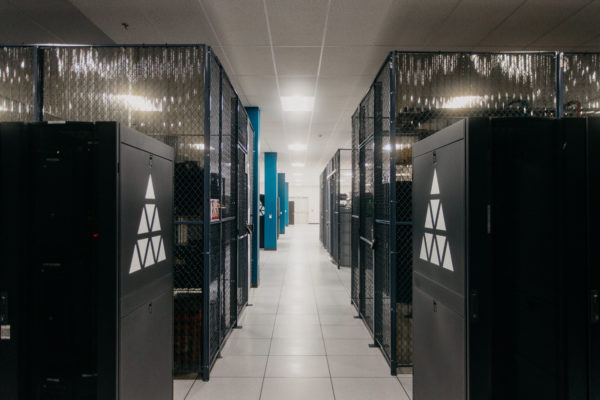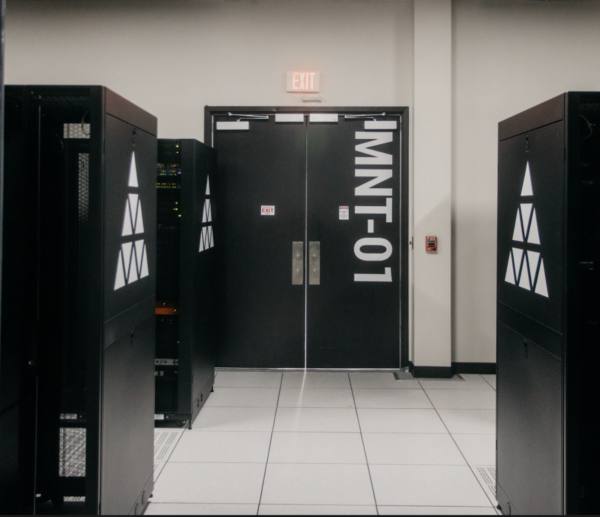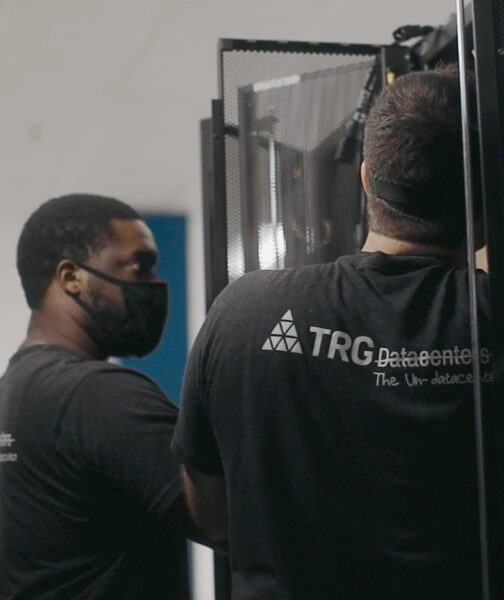After two decades in the data center business, we’ve learned that power failures don’t announce themselves politely during business hours. They happen at 2 AM on Black Friday, right after a product release, or when your disaster recovery site needs to kick in. The difference between a minor hiccup and a career-ending outage often comes down to how well you’ve eliminated single points of failure.
Most IT professionals understand the basics of redundant power – dual feeds from the utility, multiple UPS systems, A/B power distribution. But there’s one vulnerability that still catches even experienced colocation customers off guard: single-corded equipment mixed into otherwise redundant infrastructure. When businesses trust us with their production environments and disaster recovery systems at TRG Datacenters, they expect every component to take full advantage of our fault-tolerant infrastructure.
That’s where rack-mounted static transfer switches come into play. They’re not flashy, they don’t cost much compared to your servers, but they ensure you’re getting maximum value from our 100% uptime track record and Tier III infrastructure investment.
Understanding the Real Problem
Let me be blunt about something most providers won’t tell you: even today, plenty of enterprise environments run mixed equipment. Sure, we always recommend dual-corded servers and network gear. But legacy systems, workstations and desktops, specialized appliances, and network devices still show up with single power cords.
Without proper power path redundancy, these devices become exactly what you moved to a data center to avoid – single points of failure that can take down entire business operations.
The Rack-Mounted STS Solution
A rack-mounted STS (sometimes called a “rack ATS” or “transfer PDU”) automatically switches single-corded equipment between two independent power sources in milliseconds. Think of it as insurance that kicks in before you even know there’s a problem.
The technology itself isn’t new – automatic transfer switches have been around for decades in building power systems. What’s evolved is shrinking this capability down to rack level, with the intelligence to handle modern data center power complexities like unsynchronized UPS outputs and sophisticated fault detection.
Install it correctly in our dual-path power infrastructure, and your single-corded equipment gets the same protection as if it had two power cords. More importantly, it ensures you’re maximizing your investment in our colocation services and fault-tolerant design.
Three Reasons We Recommend Rack STS to Our Customers
Legacy Equipment Protection
Many clients have invested in equipment that wasn’t designed with dual power cords. Instead of forcing expensive hardware refreshes or accepting single points of failure, a rack-mounted STS lets these systems benefit from A/B power design without changing anything else.
Operational Flexibility During Maintenance Windows
With A/B power at the rack level, your equipment automatically stays online during scheduled data center maintenance windows. You can stop worrying about which devices might go offline or how long they’ll be down during maintenance.
Disaster Recovery Site Reliability
For DR sites, automatic power switching means your backup systems stay online during primary power incidents without anyone driving to the facility at midnight. When you’re already dealing with a primary site outage, the last thing you need is manual power interventions at your recovery location. Automation removes human error from the equation when stakes are highest.
The Uptime Institute Perspective
The Uptime Institute (the people who certify Tier III/IV facilities) has clear guidance here:
- Tier III/IV facilities should use dual-corded IT equipment wherever possible
- Rack-based transfer switches work for equipment with single cords, as long as the rack gets independent A and B feeds
- Big centralized STS units are a bad idea because they create single points of failure that can take down multiple racks
This matches exactly how we design infrastructure at TRG Datacenters – push redundancy as close to the customer equipment as possible, ensuring maximum availability for every device in our facility.
Why Rack STS Implementation Gets Complicated
Smart Fault Detection Is Non-Negotiable
The units we deploy have smart fault-sensing that prevents downstream electrical problems from jumping across power paths. When a server power supply dies and shorts out, these STS units contain the problem instead of passing it to the backup power source. This isn’t optional – without proper fault isolation, you can turn a single equipment failure into a dual-path outage.
Look for units that explicitly advertise “transfer inhibit on output fault” or “downstream fault isolation.” Cheaper units skip this feature and can propagate problems across your supposedly independent power paths.
Electrical Specifications Matter More Than You Think
Every STS installation needs attention to:
- Voltage compatibility (120/208V, 230V, 240/415V wye) – get this wrong and nothing works
- Current capacity that matches your actual load with reasonable headroom
- UL 1008/1008S certification for safety standards – insurance and inspectors will ask
- Fault current ratings that work with upstream breakers and don’t create coordination problems
Handling Unsynchronized Power Sources
Dual-path UPS systems run independently – the A and B power sources aren’t synchronized. Good rack STS units handle “break-before-make” transfers between unsynchronized sources. This requires monitoring phase angles and frequency differences, which cheaper units skip.
Without this capability, switching between unsynchronized sources can damage connected equipment or create power quality problems that are worse than the original outage.
Planning for STS Failures
Even good components fail sometimes. Quality rack STS units include:
- Manual bypass for maintenance without downtime
- Real monitoring and alerts that integrate with facility management systems
- Documented swap procedures that don’t require electrical engineering degrees
- Proven reliability from manufacturers with actual data center track records
The goal is making sure the STS itself does not become a single point of failure, which defeats the entire purpose.
Real-World Impact: Automatic vs Manual Recovery
Picture this scenario: a PDU fails on your A-side power during business hours. With rack STS protection, your single-corded equipment switches to B-side in under 4 milliseconds – faster than your equipment notices anything happened. Monitoring systems might log the transfer, but operations continue normally.
Without STS? Someone needs to identify the failed path, locate the affected equipment, safely power it down, move power cords to the working circuit, and power everything back up. During a real emergency, with multiple people trying to coordinate, cables getting plugged into wrong outlets, and pressure to restore service quickly, manual processes fail more often than the original power problems.
I’ve been in this business for 20 years. Manual fixes during emergencies rarely go smoothly, especially when you’re dealing with unfamiliar equipment layouts or incomplete documentation.
Enhanced Maintenance Capabilities
Dual-path power plus point-of-use transfer switches enables what the industry calls “concurrent maintenance.” Facilities can work on electrical systems during business hours without impacting operations.
This means UPS battery replacements don’t require weekend outages. PDU upgrades happen during normal business hours. Electrical testing and commissioning can be scheduled around business needs instead of forcing everything into expensive after-hours windows.
The operational savings add up quickly – better availability, lower business risk, and facilities teams that aren’t constantly working nights and weekends.
Implementation Best Practices
After hundreds of these deployments, here’s what works:
- Start with dual-corded equipment – it’s always better when possible
- Use rack STS only for exceptions – single-corded devices you can’t replace economically
- Keep A/B paths truly independent – never fake redundancy
- Check all the electrical specs – voltage, current, protective coordination
- Test the transfers – during commissioning and after changes
- Label everything clearly – A/B sources and preferred settings
Why TRG Datacenters Recommends This Approach
Clients choose colocation because they need bulletproof infrastructure without the headache of running it themselves. Whether it’s disaster recovery or production systems, power problems aren’t an option.
Rack-mounted static transfer switches demonstrate a commitment to Tier III/IV availability even when equipment mix isn’t perfect. Building redundancy at every level – utility feeds, UPS systems, individual rack protection – because business depends on it staying up.
Stop Hoping Your Single Points of Failure Hold Up
In colocation, uptime isn’t just a number – it’s what keeps your business competitive. Rack-mounted static transfer switches give you automatic power path redundancy for equipment that would otherwise be single points of failure.
Done right – with independent A/B feeds, proper electrical ratings, and smart fault protection – these devices deliver most of the benefits of dual-corded infrastructure without forcing you to replace working equipment.
At TRG Datacenters, we don’t just rent space. We engineer complete power protection strategies that work automatically when your business is on the line. Because when your systems absolutely must stay up, hoping isn’t a strategy.
Looking for managed Colo?
Our Colo+ service is an evolution in the data center experience
